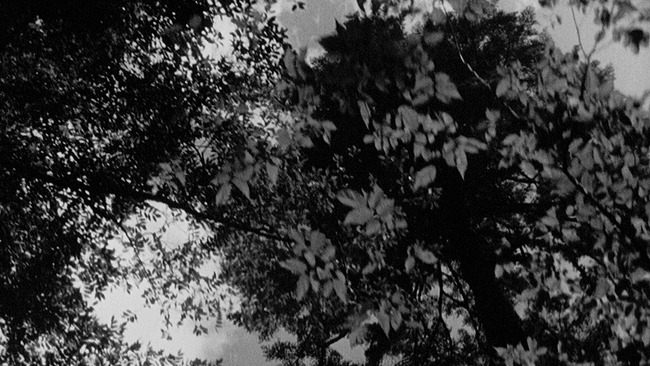Sight & Sound Poll 2012: Rashomon

Every ten years since 1952, the world-renowned film magazine Sight & Sound has polled a wide international selection of film critics and directors on what they consider to be the ten greatest works of cinema ever made, and then compiled the results. The top fifty movies in the 2012 critics’ list, unveiled August 1, include twenty-five Criterion titles. In this series, we highlight those classic films.
Akira Kurosawa’s Rashomon effectively reinvented narrative cinema after it shook the film world at its 1951 Venice Film Festival premiere. A radically told mystery concerning a man’s murder and his wife’s rape, Rashomon takes narrative itself as its main subject. The film consists of four differing accounts of the violent incidents, leaving it up to the viewer to decide who might be telling the truth—if such a thing even exists. Cinemagoers had never seen anything like it at the time, and today it remains a daring and disturbing human drama that raises questions rather than providing easy answers. Making it especially memorable are Kurosawa’s inimitable visual textures; the forest setting of the film is as essential to its brilliance as the fractured storytelling. In the following clip, Rashomon superfan the director Robert Altman discusses how he was influenced by the look of Rashomon—especially the work of the impressionistic, fast-paced camera, which moves disorientingly through the sun-dappled woods, lending the film an ominous, almost abstract beauty.




